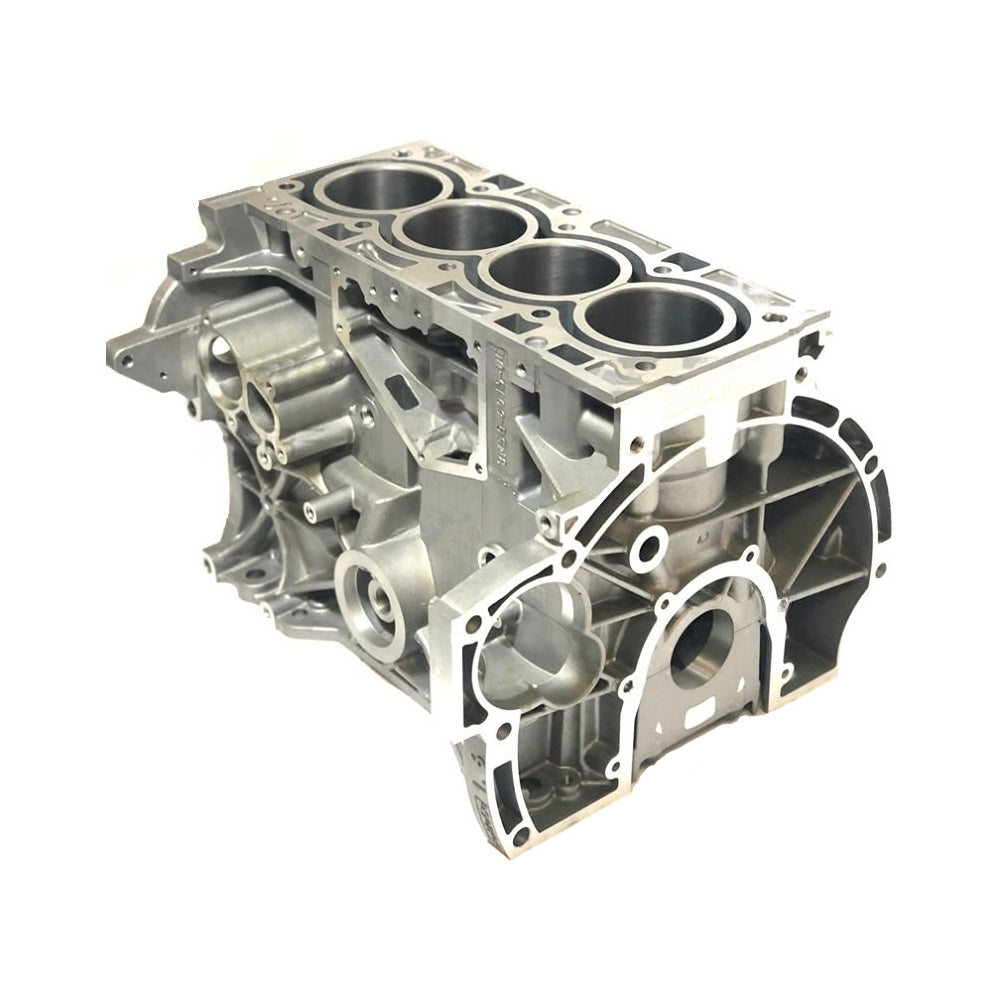Opening the Power of Engines: A Comprehensive Overview to Efficiency and Effectiveness
Recognizing the intricate technicians of engines is crucial for both efficiency fanatics and day-to-day vehicle drivers. The solutions might redefine our technique to engine efficiency and effectiveness in methods that are both enlightening and vital.
Comprehending Engine Fundamentals
What constitutes the basic technicians of an engine? At its core, an engine is a maker created to transform gas into mechanical power with a series of regulated surges or burning processes.
The crankshaft after that transforms this straight movement right into rotational energy, which ultimately powers the automobile. The camshaft manages the opening and closing of the shutoffs, regulating the consumption of air and fuel and the expulsion of exhaust gases. In addition, the engine depends on a very carefully adjusted fuel-air blend, ignition system, and cooling system to make certain ideal efficiency and effectiveness.
Comprehending engine basics additionally involves identifying the significance of engine cycles, such as the four-stroke cycle, which consists of consumption, compression, exhaust, and power strokes. Each phase is essential in making certain the engine functions efficiently and properly. Proficiency of these essential technicians prepares for checking out extra complex engine dynamics and efficiency metrics, crucial for enhancing both power outcome and performance.
Key Efficiency Metrics
Key efficiency metrics are crucial for assessing an engine's effectiveness and power result, providing useful understandings for both manufacturers and consumers. These metrics function as benchmarks for engine efficiency, enabling notified choices in production, design, and investing in.
One of the primary metrics is horsepower, which evaluates the engine's ability to do job over time. Torque, measured in pound-feet, is another critical statistics that shows the engine's rotational pressure, straight impacting acceleration and lugging capacity. Gas performance, typically measured in miles per gallon (MPG) or litres per 100 kilometers (L/100km), analyzes how effectively the engine transforms gas into motion, impacting ecological factors to consider and operational prices.
In addition, thermal performance procedures how well an engine converts gas power into helpful job, exposing insights into power losses mostly with heat. Exhaust levels, including carbon dioxide and NOx, are also vital, reflecting the engine's ecological effect and compliance with governing requirements.

Tuning Strategies for Performance
Tuning techniques play a significant role in improving engine effectiveness by enhancing performance metrics determined in earlier discussions (ford fiesta engine). Different techniques exist to adjust an engine, each adding to enhanced gas economic climate and minimized discharges
One reliable strategy is readjusting the air-fuel proportion, ensuring the engine operates within the optimal combustion regime. A leaner combination can boost gas effectiveness, yet it needs to be stabilized to stop misfires or engine knock. Additionally, reprogramming the engine management system can rectify criteria such as ignition timing, which better enhances effectiveness while maintaining power result.
An additional important method involves modifying the consumption and exhaust systems. Upgrading to high-performance air filters and exhaust headers can reduce back stress, assisting in much better airflow. This permits the engine to take a breath more openly, causing enhanced burning effectiveness.
In addition, the application of sophisticated tuning tools, like dyno screening, supplies precise information that allows targeted changes. On a regular basis checking these performance metrics makes certain that tuning initiatives generate the wanted performance end results. Collectively, these methods not only boost engine performance however additionally contribute to lasting check over here sustainability in engine operations.
Upkeep for Optimal Efficiency
Normal engine maintenance is crucial for achieving optimum performance and durability. A properly maintained engine not only runs effectively yet also lessens the risk of expensive fixings and malfunctions. Key elements calling for regular interest consist of oil, filters, belts, and trigger plugs.
Changing the engine oil at recommended intervals is essential, as oil lubricates moving parts and stops getting too hot. Changing oil and air filters makes sure that pollutants do not harm engine feature. Neglecting these components can cause minimized performance and potential engine damage.
Furthermore, evaluating and changing used belts and tubes is vital to stop unexpected failings. Timing belts, in specific, must be changed according to the maker's timetable to avoid devastating engine damage.
Glow plugs ought to also be checked and changed as essential, given that they play a crucial role in ignition and gas performance.
Future Fads in Engine Innovation
Welcoming improvements in technology, the future of engine layout is positioned to revolutionize efficiency and performance throughout various applications. Crossbreed and fully electrical powertrains are ending up being significantly mainstream, offering lowered discharges and boosted fuel performance.
Furthermore, technologies in products science are causing lighter, stronger elements that boost engine performance while lowering power consumption. Advanced production techniques, such as 3D printing, permit the production of complicated geometries that boost air flow and thermal management, therefore optimizing burning processes.
In addition, the combination of expert system and artificial intelligence is readied to transform engine diagnostics and efficiency tuning. These technologies can examine substantial amounts of data in genuine time, making it possible for predictive maintenance and customized efficiency improvements.
Conclusion
In verdict, opening the power of engines needs a complete understanding of their technicians and efficiency metrics. Executing reliable adjusting strategies and adhering to regular maintenance have a peek at these guys techniques dramatically boost engine abilities.
Furthermore, the engine relies on a carefully adjusted fuel-air blend, ignition system, and cooling down system to make sure optimal efficiency and effectiveness.
Understanding engine essentials also entails Read Full Report identifying the relevance of engine cycles, such as the four-stroke cycle, which includes consumption, exhaust, power, and compression strokes. Mastery of these basic auto mechanics lays the foundation for discovering much more intricate engine dynamics and efficiency metrics, important for maximizing both power output and effectiveness.

Accepting developments in innovation, the future of engine design is positioned to change efficiency and effectiveness across various applications.
Comments on “How a Well-Maintained Ford Fiesta Engine Improves Vehicle Longevity”